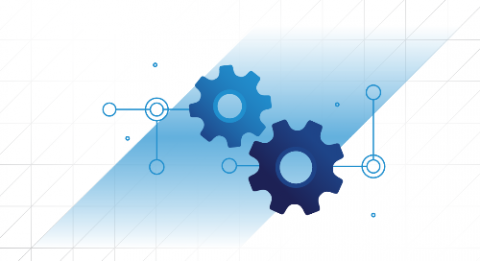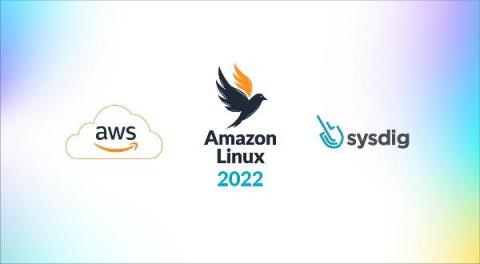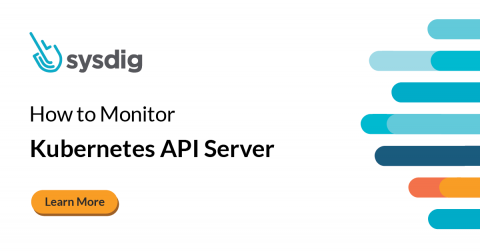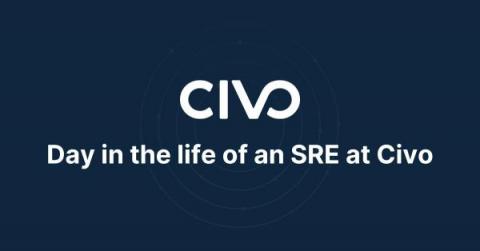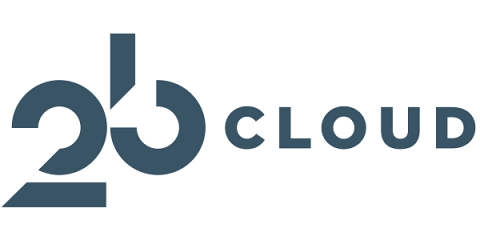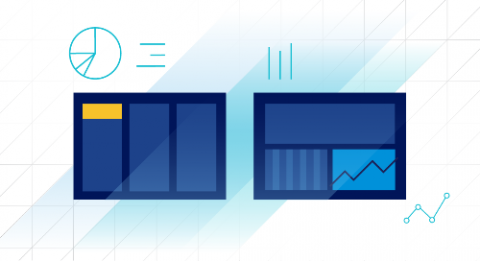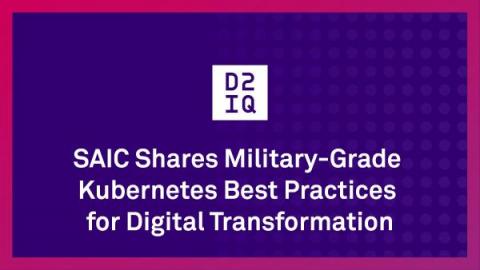Operations | Monitoring | ITSM | DevOps | Cloud
Latest News
What is Supply Chain Choreography, and Why Should You Care?
The path to production has long been a space of custom pipelines, continuous integration (CI) sprawl, manual intervention, and tribal knowledge. Surely, there must be a better way? Something loosely coupled, more flexible, less error-prone, and doesn’t need deep integration with the tooling it controls. These goals motivated us to create Cartographer, our open source supply chain choreographer.
AWS recognizes Sysdig as an Amazon Linux 2022 Service Ready Partner
Sysdig is pleased to announce that we’ve achieved the Amazon Linux 2022 Ready designation as part of the Amazon Web Services (AWS) Service Ready Program. Amazon Linux 2022 (AL2022) is the newest Linux operating system from AWS available to support your workloads running on Amazon EC2. The team at Sysdig validated AL2022 with Sysdig Secure and Sysdig Monitor to ensure full support for our container security and cloud-native monitoring capabilities with this latest OS.
How to Monitor Kubernetes API Server
Content Learning how to monitor the Kubernetes API server is crucial when running cloud-native applications in Kubernetes environments. The Kubernetes API server can be considered as the front end of the Kubernetes control plane. Any interaction or request from users or internal Kubernetes components with the control plane go through this component. Ensuring you monitor the Kubernetes API server properly is of vital importance to ensure your Kubernetes cluster works as expected.
Docker vs Kubernetes
Docker is a PaaS product, developed by Docker.Inc to containerize applications. It does so by combining app source code with OS libraries and dependencies required to run that code in any environment. Kubernetes is a similar tool developed by Google, which scales up this containerized application after deployment. While one works in building the containers the other essentially helps in scaling it up, then why so much buzz around these two?
Introducing Cycle's Infrastructure Abstraction Layer (IAL)
Before I dive into the launch of Cycle’s latest feature (and it’s a big one!) I want to share some context about how we got here. Let’s rewind back to 2015: containers, at least in their modern form, had just begun to take the developer ecosystem by storm. At the same time, we at Cycle were watching everything unfold: from Docker’s meteoric rise to the first few releases of tools like Kubernetes, Rancher, and so on.
Day in the life of an SRE
We spoke with two members from the SRE team, Alex Blyth and Zulhilmi Zainudin, to learn more about their role at Civo. Through this series, we aim to provide you with an overview of the different roles we have at Civo and what advice our team has. You can discover more about our team in our “day in the life of a Go Dev” and “day in the life of an Intern” blog.
How to Run Serverless Containers AWS EKS with using Fargate
This blog will discuss running serverless containers in AWS EKS with Fargate. Why and how we can use this configuration and provides a working example of how to use AWS EKS with Fargate. Recently, a customer reached out with an interesting request. They wanted us to run containers in serverless mode with AWS EKS. Their intention was to use Kubernetes features and run containers in serverless mode. Side note: in EKS you should manage NodeGroups and pay for it.
VMware Tanzu Operations Manager 3.0 Now Generally Available
VMware Tanzu Operations Manager is a software appliance designed for platform operators to use BOSH, the infrastructure-as-code automation powerhouse, a much more pleasant and straightforward experience. BOSH can provision and deploy software over hundreds of virtual machines, and it also performs monitoring, failure recovery, and software updates with zero-to-minimal downtime.
SAIC Shares Military-Grade Kubernetes Best Practices for Digital Transformation
Science Applications International Corporation (SAIC), a major system integrator and solution provider to government agencies, chose the D2iQ Kubernetes Platform (DKP) as the foundation for providing Kubernetes solutions for its customers.



